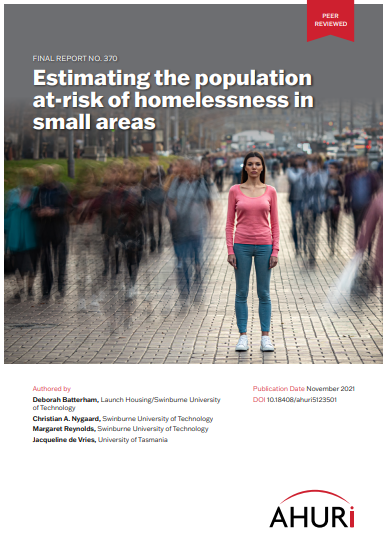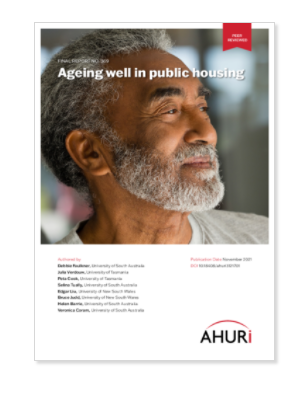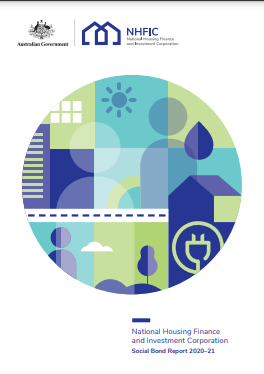Home Research / Reports Page 18
Research / Reports
- Research
This is the second report of a research project that began in mid-2020, after the early dramatic responses by governments…
- Research
This research draws on Household Income and Labour Dynamics in Australia (HILDA) survey data and 2016 Census of Population and Housing data and employs two methods of Small Area Estimation (SAE): a unit-based and an area-based approach to look ar small statistical areas where homelessness is a high risk.
- Research
The Australian Government Department of Social Services (DSS) contracted researchers at the University of New South Wales to develop guidelines for supported decision-making.
Everyone has the right to make decisions – many people look to others for support to help make decisions.
This may include assistance in understanding the choices available, understanding the impact of those choices, and helping implement those choices.
People with cognitive impairment may need additional support for day-to-day decision-making as
well as more significant decisions. This support may be provided formally through services, and
informally by family and friends. This is different to substitute decision-making where someone else makes a decision for them – this may be done by parents (for someone under 18 years) or by
legally appointed guardians or trustees,
- Research
This research examines the policy and practice issues raised by the increasing demand for public housing among older Australians, and how public housing authorities (PHAs) can support older tenants to age well.It is both important and necessary to have frontline workers in the system (housing/property officers and tenancy practitioners) who are resourced and allowed to provide one-on-one support to address older people’s needs and issues.
- Research
This report by the Centre for Social Impact recommends that government needs to ensure that social security policy and practice is grounded in human rights and does not discriminate (directly or indirectly) against people with mental ill-health or mental health carers.
Enables people to have a voice and influence on systems that affect their lives.
Changing current assessment processes, compliance and exemption rules that systematically disadvantage people with mental ill-health and mental health carers.
- Research
NHFIC’s Social Bond Report provides insights into bond issuances, including borrower profiles and use of proceeds.
- Research
Regional and remote Aboriginal housing is not able to withstand climate change and will be unsuitable for future living, forcing people to consider migrating away from their traditional lands if nothing is done, research says.
- Research
National Seniors Australia (NSA) is committed to advocating on behalf of all older Australians. NSA recognises older Australians are a diverse group of people, and two aspects of that diversity are gender and sexual orientation. This research involves the voices of over 4,000 persons who identify as LGBTQI+ . The report highlights the prominent topics mentioned by LGBT respondents in their survey comments. These were twofold: the problem of discrimination, especially in aged care contexts, and a desire for greater recognition, acceptance and understanding.






